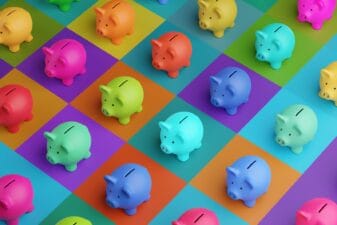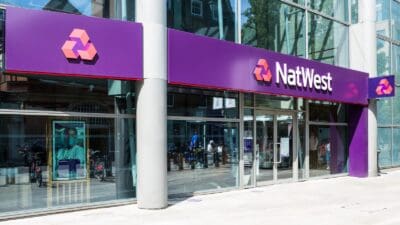At this point it has become almost trite to quote the Warren Buffett adage, “be greedy when others are fearful”. I think most regular readers of the Motley Fool understand that the recent worldwide free fall in stock prices has thrown up some very attractive opportunities, from both capital gain and dividend points of view.
However, it’s really not as simple as ‘buying the dip’. If it were that easy, everyone would do it. Here is what I think investors need to bear in mind when bargain shopping in the near future.
Not all dividends are equal
In times like this, the dividend yield on premier income stocks can get extremely high as share prices fall. For instance, shares of Royal Dutch Shell (LSE: RDSB) are currently yielding almost 14%. Tour operator Carnival (LSE: CCL) is yielding 16%.
Should you invest £1,000 in National Grid right now?
When investing expert Mark Rogers has a stock tip, it can pay to listen. After all, the flagship Motley Fool Share Advisor newsletter he has run for nearly a decade has provided thousands of paying members with top stock recommendations from the UK and US markets. And right now, Mark thinks there are 6 standout stocks that investors should consider buying. Want to see if National Grid made the list?
The important thing to remember is that not all dividends are equal. Even in normal times, a high dividend yield is generally a sign that the market does not believe the payout promised by management will materialise. The higher yield reflects the risk inherent in the investment.
This is even more true in today’s environment. So you need to look at each company separately and decide whether the high yield is worth the risk.
Shell
Let’s look at the example above. On one hand, we have Shell, a company that hasn’t cut its dividend since World War II. It has a strong balance sheet, and is therefore able to support its dividend in the short term. Its decline has been worse than average, but has also been driven primarily by the drop in oil price, which many people believe to be unsustainable.
I think that even if Shell were to suspend or cut its dividend, the company itself would survive and would still be able to generate solid cash flow in the long term.
Carnival
On the other hand, you have Carnival, whose entire source of revenue has dried up until at least the end of the summer (the main holiday period in the Northern hemisphere). Operating cruise ships is a very capital-intensive business, which mean these businesses have a very narrow margin for error.
To make matters worse, Carnival is heavily dependent on cash flows from its business to service its considerable debt load. In its annual trading update for 2019, the company disclosed $518m (£436m) in cash or cash equivalents, against short-term borrowings of $231m (£195m).
Last week, the company announced that it would be using its $3bn (£2.52bn) credit line to increase its cash position.The irony is that last year Carnival spent $600m (£506m) on buybacks and $1.39bn (£1.17bn) on dividends. That spending spree was financed, albeit indirectly, by taking on $1.4bn (£1.18bn) in debt.
It seems pretty likely that Carnival will have to cut its dividend substantially, and in fact it’s very future could be in question. So tread lightly when looking for bargains.







